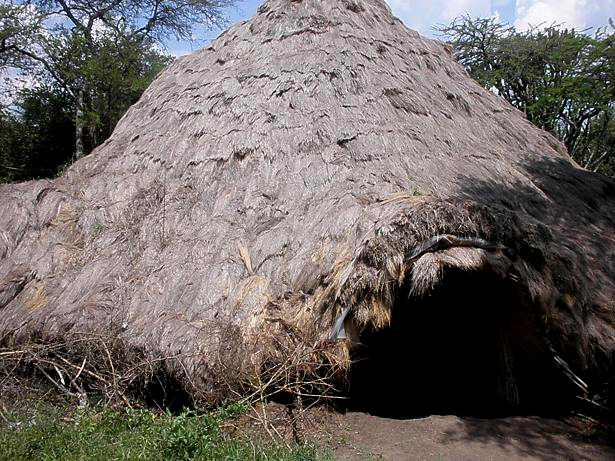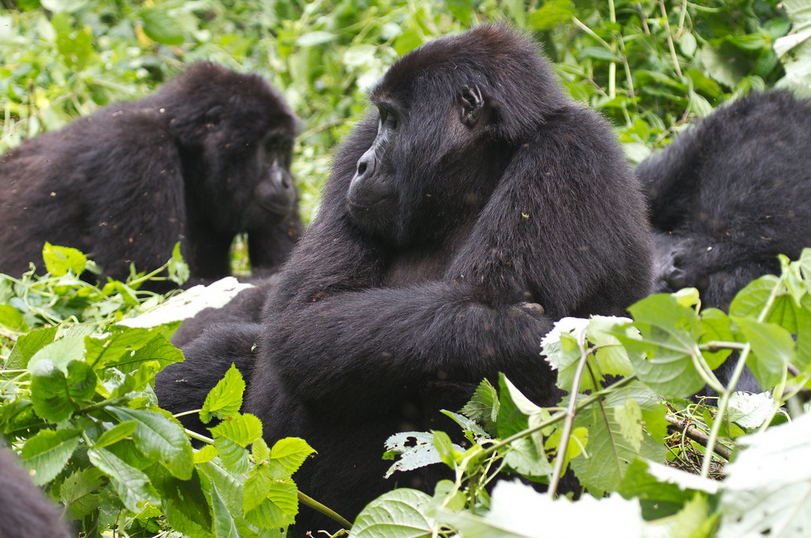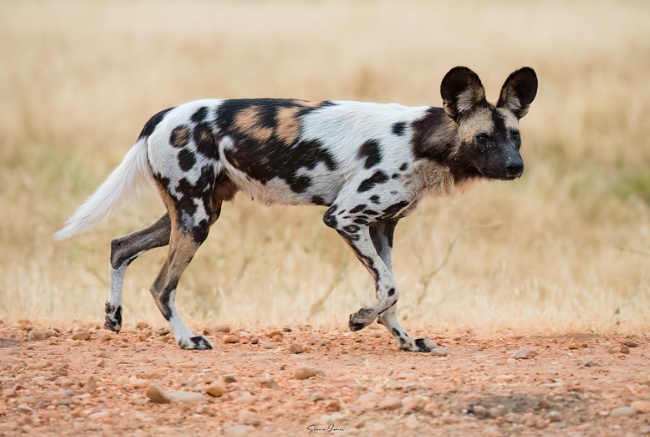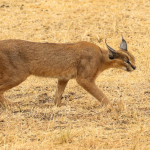Bigo Bya Mugenyi in Uganda | Uganda Cultural Tours
Bigo bya Mugenyi in Uganda | Uganda Cultural Tours : is characterized by wild flowers, savannah grasslands, shrubs, woodlands and crickets. It is located in the southwestern Uganda in Mawogola county situated on the southern shore of river Katonga. The word Bigo Bya Mugenyi is basically translated to mean “The fort of a stranger”. It is best described as having two elements; the first one consisting of a long, irregular ditch and bank alignment with multiple openings. These effectively create an outer boundary by connecting to the Katonga river in the east and the Kakinga swamp to the west and towards its eastern end. The outer ditch branches further to the east to encompass a nearby crossing of the Katonga River.
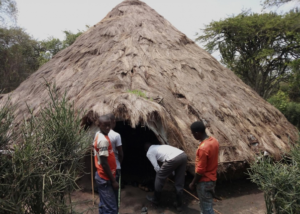 The second element consists of a central, interconnected group of four irregularly shaped ditch and bank enclosures that are connected to the Katonga river by a single ditch. It is said that the Chwezi also known as the Bachwezi were the first people to settle in the Bigo bya Mugenyi. In fact, these people are also believed to have been the first people to settle in Uganda during the 11th-16th century. They had mysterious tendencies for example disappearing in thin air and leaving foot marks on the rocks. Specifically, the most recent traces or marks are at the Amabere ganyina mwiru another yet popular attraction in fort portal. The Kigere are said to be foot prints of the Bachwezi which correlates with the assertion that they used to disappear and leave footprints back when they disappear in the air.
The second element consists of a central, interconnected group of four irregularly shaped ditch and bank enclosures that are connected to the Katonga river by a single ditch. It is said that the Chwezi also known as the Bachwezi were the first people to settle in the Bigo bya Mugenyi. In fact, these people are also believed to have been the first people to settle in Uganda during the 11th-16th century. They had mysterious tendencies for example disappearing in thin air and leaving foot marks on the rocks. Specifically, the most recent traces or marks are at the Amabere ganyina mwiru another yet popular attraction in fort portal. The Kigere are said to be foot prints of the Bachwezi which correlates with the assertion that they used to disappear and leave footprints back when they disappear in the air.
Bigo bya mugenyi structure
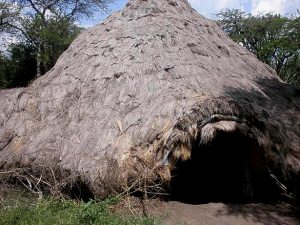
Generally, there are two trench synergies at Bigo bya Mugenyi. The inner is made up of 4 openings that pour into each other while the outer is the one that trails and connects with river Katonga. The earthworks at the fort are claimed to be linked to the ancient Chwezi people. This is a duo-rule dynasty that didn’t last long. The Bachwezi had a system of governance and they were presided over by two kings. These include; King Wamala and King Ndahura who was said to be the last king of the Chwezi people. As a matter of fact, when tourists visit this historical site, they pass through Kabeho.
This place has ancient spears, arrows, shields, etc that guards used at the camp before making their destination to the Katonga river. This is a spot where tourists fetch water for cleansing themselves before making the long stride to Bigo bya Mugenyi. Basically, the idea of cleansing yourself is an act of seeking for protection from the gods so that they don’t get annoyed with you. The cultural site consists of several grass-thatched huts that were set up to shelter the keepers. Right next to them is a fenced and well-maintained site on an elevated ground.
What to expect at Bigo Bya Mugenyi
While here, people seek for blessings and wealth from the gods. The identity of the Chwezi people is enigma whereby no one knows where they went. On the other hand, no knows where they came from since they were believed to have been demigods. Bigo bya Mugenyi has been re-declared by the jungle and it is believed there is a number of dangerous wildlife. These supplements the cultural expeditions such as the leopards, bushbucks, water bucks, duikers as well as snakes.
Surprisingly, they have never attacked anybody, even after setting sight on them. Otherwise, this is one of the signs of the presence of the gods in the area. Tourists can also engage themselves in visiting the local people in the communities surrounding the site. Besides, local people believe that when it rains while tourists are still at the site, then something bad will happen. In conclusion, the place has been used for social studies in primary schools and has been kept as one of the country’s cultural gems.
How to get there
Bigo bya Mugenyi site can be accessed 60 kilometers from Sembabule town. However, tourists visiting the site are supposed to report to the tourism police.

